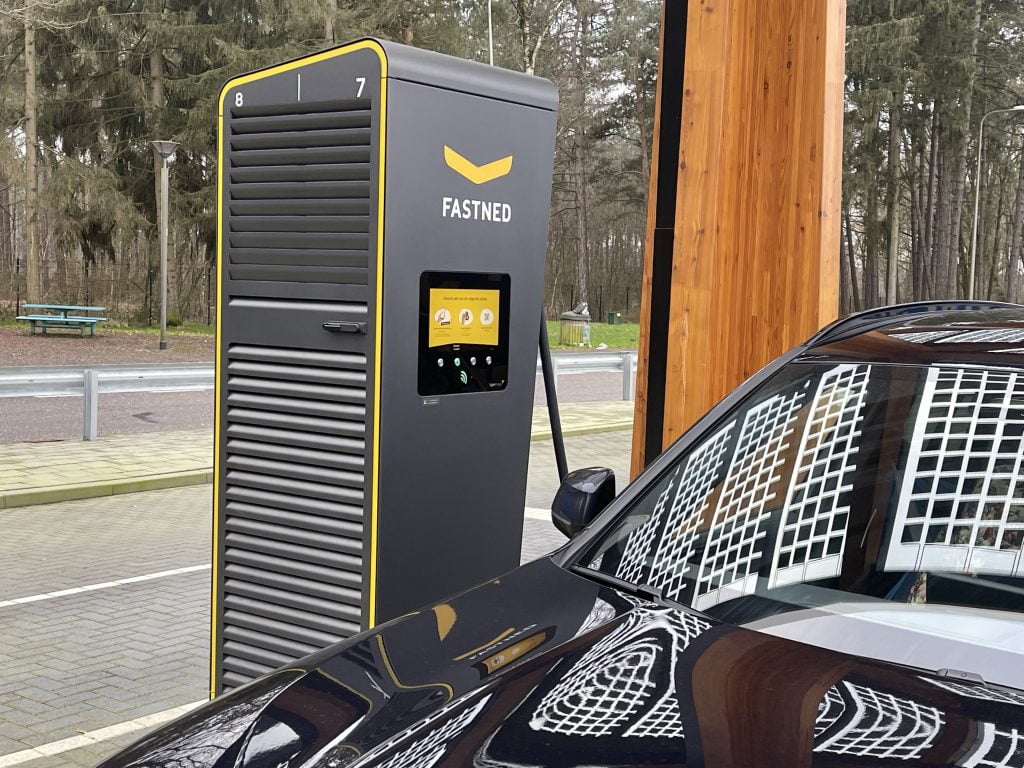More and more charging points are available, both in the city and in the countryside.
Electric driving is a sustainable and increasingly popular way of traveling in Flanders, and although driving an electric car is often easier and more efficient than driving a petrol or diesel car, there are a few points to keep in mind to make sure to make sure you get the most out of your electric car.
Firstly, it is important to know that the infrastructure for charging electric cars in Flanders is constantly improving. There are more and more charging points available, both in the city and in the countryside, so it has become easier to charge your car battery on the go. However, it is important to remember that charging an electric car can sometimes take longer than refueling a petrol or diesel car, so it is advisable to allow enough time for the car to charge.
Another important point of attention for electric driving in Flanders is the range of the car. Electric cars often have a limited range, which means they can't travel as far as petrol or diesel cars before needing to be charged. It is therefore advisable to know the range of your electric car and to ensure that you have enough time to charge the car before you set off.
In addition, it is important to remember that the performance of an electric car can be affected by temperature. For example, batteries perform less well at low temperatures, which can lead to a reduced range. It is therefore advisable to charge the battery of your electric car before the temperature drops, so that you have as much energy as possible to drive when it gets colder.

In general, the maintenance of electric cars can be cheaper than the maintenance of petrol or diesel cars. This is because electric cars have fewer moving parts and therefore require less maintenance. For example, they do not need oil and they do not need to have oil filters, which can significantly reduce maintenance.
In addition, electric cars often have longer intervals between services, which means that they have to go to the garage for maintenance less often. This can also lead to lower maintenance costs.
However, it is important to remember that maintaining electric cars still involves costs. For example, the tires still need to be replaced when they are worn out and the brakes also need to be serviced. In addition, the batteries of electric cars are more expensive to replace than the fuel tank of a petrol or diesel car, so this can also be a factor in the overall cost of maintenance.



